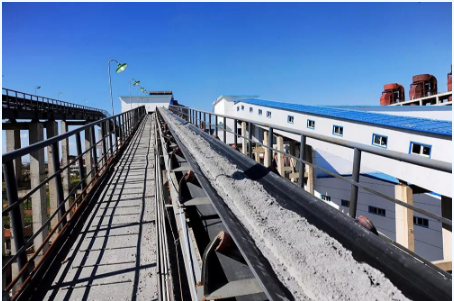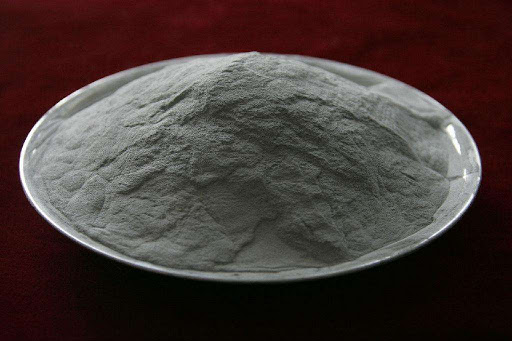The aluminum powder was initially produced by the ramming method, and
the aluminum scraps were processed into small flake aluminum powder.
After that, the ball milling method was invented to produce the flake
aluminum powder, which greatly improved the production efficiency and
safety. At the beginning of the 20th century, due to the massive use of
weapons and ammunition, the demand for spherical aluminum powder
increased rapidly, which promoted the continuous improvement of the
production process of aluminum powder functional materials. The
emergence of atomized aluminum powder production technology not only
effectively meets the market's demand for aluminum powder functional
materials, but also provides high-quality raw materials for the
production of aluminum pigments by ball milling.

The research, production and application of aluminum pigments started
in European and American countries. Early aluminum pigments are mainly
used in the decoration and protection of industrial metal materials,
such as ships, machinery and equipment. In the mid to late 20th century,
the acid resistance of aluminum pigments


The breakthrough in alkaline research, coupled with its unique optical
effect, has been widely used in automobile manufacturing and consumer
electronics, directly promoting the rapid development of the aluminum
pigment industry. In the 1980s, an American company developed silver
dollar flashing aluminum powder. This product has the advantages of high
surface smoothness, high reflectivity, and narrow particle size
distribution. It requires high production technology. As a
representative variety of high-end products, it is further improved The
overall product innovation level and technical process level of the
aluminum pigment industry. After more than 100 years of development,
Germany and the United States have taken the lead in the production
process and product performance of aluminum pigments.
my country's aluminum powder industry started late. In the 1950s, my
country introduced air atomized aluminum powder production technology
from the former Soviet Union, began the research, production and
application of spherical aluminum powder, and developed two-stream
atomization method, centrifugal atomization method, and vacuum
atomization method successively on this basis. Various production
processes such as chemical method and nitrogen atomization method. In
the 1980s, some Chinese enterprises made breakthroughs in the research
and production of aluminum pigments, and had a certain scale of
production capacity for aluminum paste. The products were mainly used in
industrial coatings, marine coatings and surface finishing of some
instruments and equipment. In the mid-1990s, with the wave of economic
globalization, high-end aluminum pigments from Germany, Japan and the
United States entered the Chinese market one after another, and the
decorative effects of their products attracted widespread market
attention. For change
The high-decorative aluminum pigments urgently needed in my country's
coatings industry relied on imported products. The former Ministry of
Chemical Industry organized scientific and technological research and
conducted research and development of high-decorative flash aluminum
pastes. In the late 1990s, many domestic companies also joined the ranks
of R&D and production of aluminum pigments, starting by imitating
the products of foreign companies. After entering 2000, due to the rapid
rise of key consumption areas of aluminum pigments such as ships,
automobiles, machinery and equipment, and consumer electronics, my
country's aluminum pigment market has obtained unprecedented development
opportunities. At present, my country's aluminum pigment production
enterprises have occupied the domestic market share of low-end products,
and some enterprises have entered the high-end market.
In addition to the aluminum pigment market, the photovoltaic industry
has also become an important factor affecting the development of the
aluminum powder industry. Before 2009, the sales market of fine
spherical aluminum powder was mainly concentrated in the aluminum
pigment and refractory industries. From 2009 to 2010, affected by the
explosive growth of the photovoltaic industry, the market for micro-fine
spherical aluminum powder was strong, and major manufacturers in the
industry invested in building factories to expand production capacity.
After 2010, the photovoltaic industry is facing a phased surplus, which
directly leads to overcapacity, oversupply and fierce price competition
in the fine spherical aluminum powder industry. Since 2013, the
photovoltaic industry has entered a period of slow recovery, and the
market supply and demand contradiction of fine spherical aluminum powder
has begun to ease. At present, enterprises in the micro-spherical
aluminum powder industry have fully competed, and the contradiction of
oversupply still exists.
The benefits are low, and one after another exports is used to digest production capacity.
